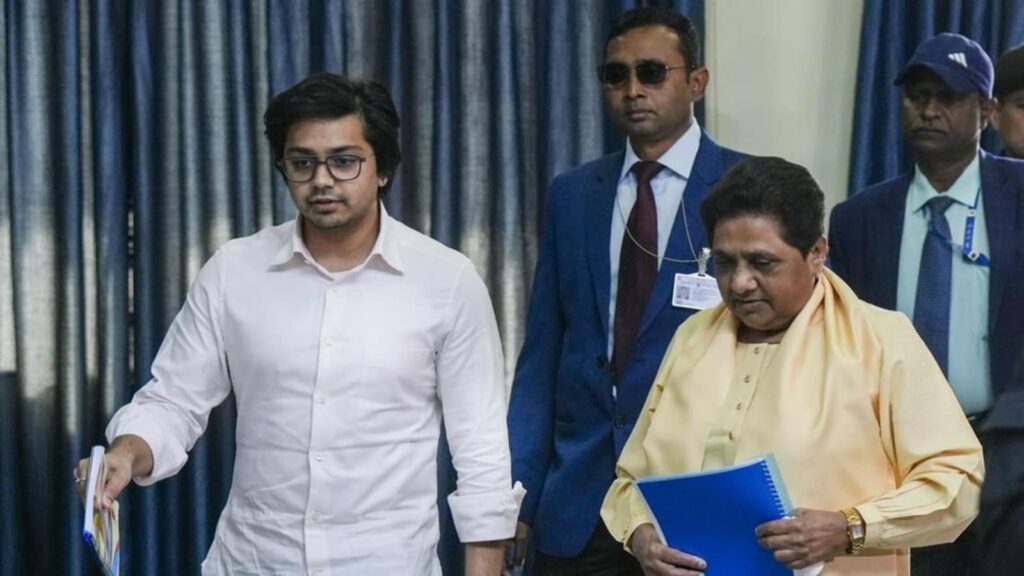Bahujan Samaj Party (BSP) chief Mayawati’s announcement that her nephew Akash Anand will succeed her as party chief points to the distance the outfit has travelled since the passing of founder Kanshi Ram in 2006. Under Ram, the BSP, established in 1984, was a party that drew energy from grassroots mobilisations, especially of the Dalits. Its earlier versions, BAMCEF and DS4, had a strong appeal among the emerging service classes of Scheduled Castes and Other Backward Classes. The BSP offered an alternative agenda and leadership to the patronage politics of the Congress. Ram, an Ambedkarite, also shaped the BSP as a broad platform party of Bahujans. He invited leaders from non-dominant OBC communities to join the BSP, while the core of the party was the Jatavs. In the 1990s, when Mandal politicised caste in northern India, the BSP emerged as an influential force in UP, Punjab, Uttarakhand, MP, and Rajasthan. After it won power in UP in the 1990s, the party made tactical alliances to stay in office, which led to ideological compromises. During this transitional phase, many of Ram’s trusted lieutenants left the party. The BSP peaked with the 2007 UP polls.
In the last few years, the BSP thinned out as it made the tactical shift from being a Bahujan-centric party to a Sarvajan-focused outfit. This ideological rebranding helped the party to win office in UP, but the project has since unravelled. Mayawati’s inability to groom a second line of leaders from Bahujan castes has alienated its potential supporters. The party also lost momentum when it became leader-centric from being agitation-centric. The emergence of young, energetic Dalit leaders outside its fold has further contributed to the BSP’s decline.

